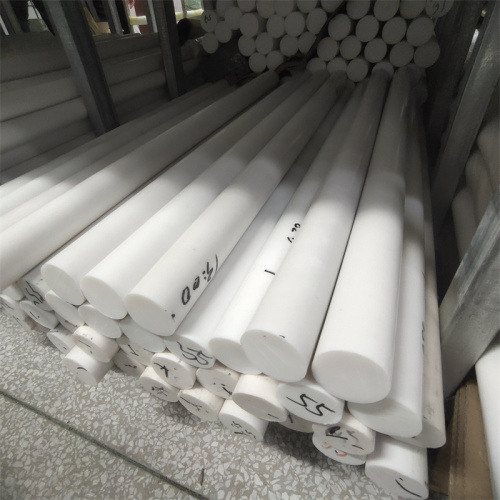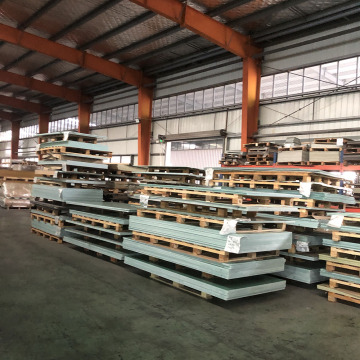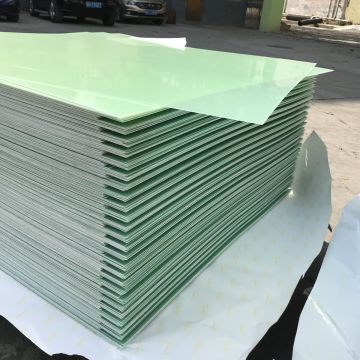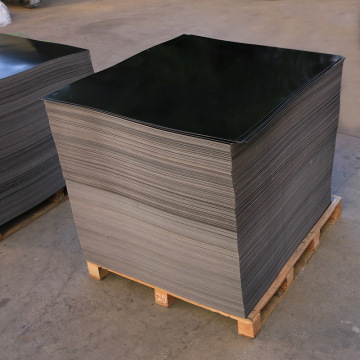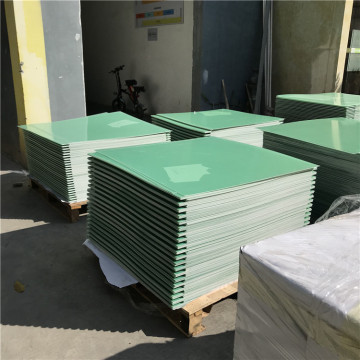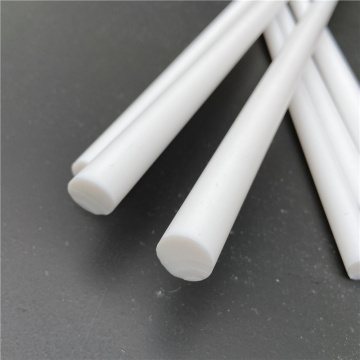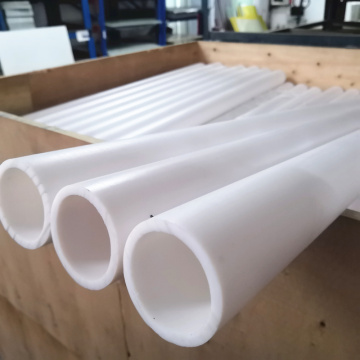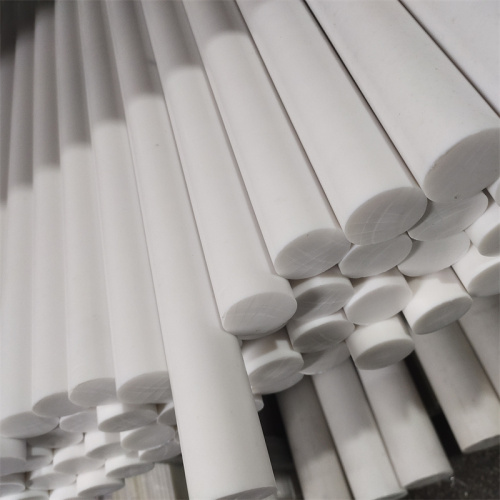
White 5-200mm Engineering Plastic Bar PTFE Rod
$8.66 - $9.98/Kilogram
- Min. Order:
- 100 Kilogram
- Min. Order:
- 100 Kilogram
- Transportation:
- Ocean, Land, Air, Express, Others
- Port:
- Shenzhen, Shekou, Yantian
Quantity:
Your message must be between 20 to 2000 characters
Contact NowBasic Info
Basic Info
| Supply Ability: | 500 Tons per month |
|---|---|
| Payment Type: | Paypal,T/T,Others |
| Incoterm: | FOB,CFR,CIF,EXW,DDP,Express Delivery,DDU |
| Transportation: | Ocean,Land,Air,Express,Others |
| Port: | Shenzhen,Shekou,Yantian |
Product Description
Product Description
PTFE rod is a cylindrical material made of polytetrafluoroethylene (PTFE). PTFE is a synthetic polymer with excellent chemical resistance, low coefficient of friction, and high-temperature stability. The following is a detailed product introduction of PTFE rods:
1. Material properties: PTFE rods have excellent chemical corrosion resistance and can resist the erosion of most chemical substances, including acids, alkalis, solvents, etc. It also has a low coefficient of friction, making it excellent in lubricated and non-stick applications. In addition, PTFE rods also have excellent high-temperature resistance and can be used for a long time at temperatures up to 260°C.
2. Application fields: PTFE rods are widely used in chemical, electronic, medical, food processing, and other fields. It is often used as seals, gaskets, bearings, valve seat rings, electrical insulation, etc. Due to its excellent chemical resistance and low coefficient of friction, PTFE rods are also commonly used as seals in equipment such as liquid delivery systems, pumps, and valves.
3. Size and shape: PTFE rods usually have a cylindrical shape, with diameters ranging from a few millimeters to hundreds of millimeters, and the length can be customized according to requirements. Common diameter specifications are 10mm, 20mm, 50mm, etc. In addition, PTFE rods can also be processed into other shapes, such as sheets, pipes, etc.
4. Processing performance: PTFE rod has good processing performance and can be processed by cutting, turning, drilling milling, and other methods. It can also be bonded, welded and thermoplastically formed with other materials to meet the needs of different applications.
1. Material properties: PTFE rods have excellent chemical corrosion resistance and can resist the erosion of most chemical substances, including acids, alkalis, solvents, etc. It also has a low coefficient of friction, making it excellent in lubricated and non-stick applications. In addition, PTFE rods also have excellent high-temperature resistance and can be used for a long time at temperatures up to 260°C.
2. Application fields: PTFE rods are widely used in chemical, electronic, medical, food processing, and other fields. It is often used as seals, gaskets, bearings, valve seat rings, electrical insulation, etc. Due to its excellent chemical resistance and low coefficient of friction, PTFE rods are also commonly used as seals in equipment such as liquid delivery systems, pumps, and valves.
3. Size and shape: PTFE rods usually have a cylindrical shape, with diameters ranging from a few millimeters to hundreds of millimeters, and the length can be customized according to requirements. Common diameter specifications are 10mm, 20mm, 50mm, etc. In addition, PTFE rods can also be processed into other shapes, such as sheets, pipes, etc.
4. Processing performance: PTFE rod has good processing performance and can be processed by cutting, turning, drilling milling, and other methods. It can also be bonded, welded and thermoplastically formed with other materials to meet the needs of different applications.
Summary: PTFE rod is a material with excellent chemical resistance, low coefficient of friction, and high-temperature stability. It is widely used in the chemical industry, electronics, medical treatment, food processing, and other fields, and is often used in seals, gaskets, bearings, and other components. PTFE Rods are available in a variety of sizes and shapes with good processability.
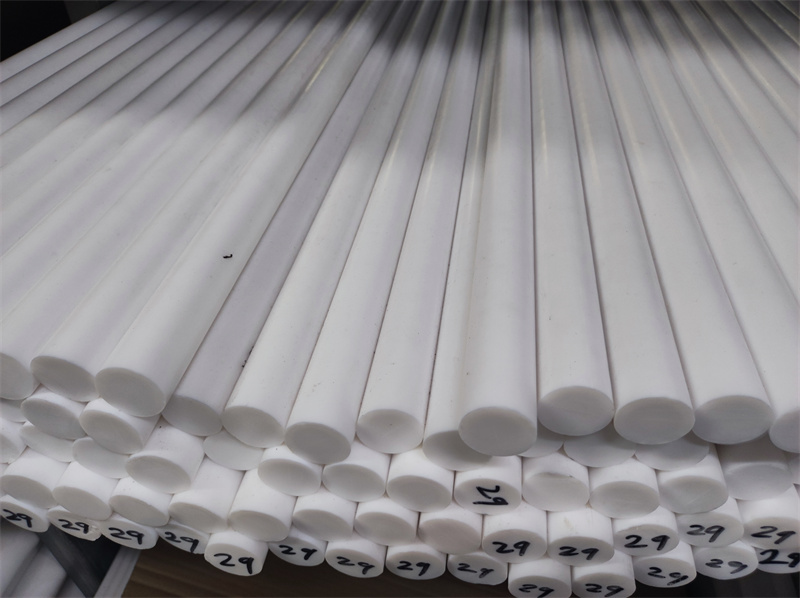

Related Keywords
Related Keywords





